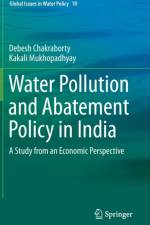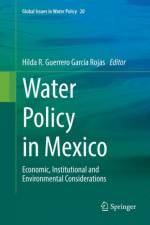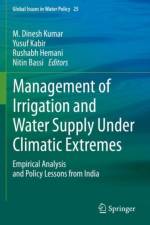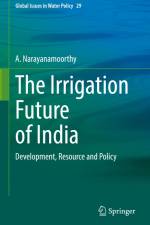av Marco Pertile, Paolo Turrini, Alessandro De Carli & m.fl.
1 179
This book provides the first comprehensive overview of the most important water-related issues that centre on Italy, analysed from several disciplinary perspectives ¿ such as hydrology, economics, law, sociology, environmental sciences and policy studies ¿ in order to promote full understanding of the challenges the country is facing and the ways it could best tackle them.Despite the misconception that Italy is a water-scarce country, is in fact quite rich in water resources. Such resources, however, are unevenly distributed over the Italian territory. Italy¿s northern regions rely on quite an abundant quantity of freshwater, whereas in the southern area water endowment is limited. Moreover, climatic differences between North and South contribute to widen the divide. This disparity has notable consequences of socio-economic character, some of which, in turn, feed back into the environmental conditions of Italian regions: pollution, floods, landslides and droughts are among the problems affecting the country. There are numerous features of water use and consumption that distinguish Italy from other comparable countries, such as the significant role played by agriculture (a water-intensive activity), a lead position in the consumption of bottled water, lower-than-average prices of water and a far-from-optimal efficiency of waterworks. All such aspects, and many others, make Italy an essential case study.









